





Tania Walters | Publisher
Hotel launches give a clear view of how the accommodation sector is changing. Across cities and regional destinations, new openings are offering more choice, more personality and a stronger connection to the way people actually want to stay. From smart lifestyle concepts to refreshed international names, the focus is shifting from pure aesthetics to thoughtful comfort that supports every kind of traveller. New builds are becoming more
considered in the way they use space, materials and energy. The visual excitement of a new hotel is still important, but travellers increasingly look for rooms that feel calm and easy to live in. Comfortable layouts, good soundproofing and bathrooms designed as small sanctuaries are becoming standard expectations. Lighting that supports rest and recovery is appearing more widely, and shared spaces are being redesigned as multi-use environments where guests can lounge, work or play. These decisions reflect stronger guest awareness of wellbeing and balance while on the road.
Lifestyle brands are contributing fresh ideas to the mix. In central Auckland, the arrival of new concepts such as Accor’s Tribe and JO&JOE shows a renewed commitment to creativity and experience. Stylish interiors, relaxed social energy and flexible accommodation options are tailored

PUBLISHER: Tania Walters
ADMINISTRATION MANAGER: Kieran Mitchell
EDITOR-IN-CHIEF: Caitlan Mitchell
HEAD OF CONTENT: Sarah Mitchell
CONTENT MANAGERS: Caroline Boe, Daniel Rogers
EDITORIAL TEAM: Sam Francks, Jenelle Sequeira
SENIOR DESIGNER: Raymund Sarmiento
GRAPHIC DESIGNER: Raymund Santos

to today’s younger travellers who want design, value and a sense of belonging without the formality of traditional hotels. These are places that feel alive rather than static, and operators are paying attention to that shift.
Sustainable choices are increasingly visible, but the most meaningful improvements are happening behind the scenes.
More hotels are using recycled and responsibly sourced materials, while smart systems monitor ventilation, energy use and temperature to reduce waste. Durability is now a design goal in itself, helping properties maintain their appeal long after the opening celebrations fade. Digital tools continue to smooth the guest journey. Mobile checkin and digital keys are becoming familiar, but the real success lies in ensuring technology never replaces human hospitality. The newest openings are finding that balance, with people and personal service remaining at the heart of the stay. Authentic design, kinder environmental practices and spaces that support both work and relaxation are no longer extras. They are part of what travellers expect from a modern hotel. Launches generate excitement, but the real achievement is delivering that same feeling every time a guest returns. Hotels that keep listening, adapting and responding to real needs are the ones shaping the future of travel. l


























The Grand Hotel & Casino has been "Rebuilt for Resilience" as its extensive restoration nears completion following December's earthquake.
The Grand Hotel & Casino is nearing completion of a major restoration project that has seen it "Rebuilt for Resilience" following the December 2024 earthquake in Vanuatu that caused damage along Port Vila’s waterfront.
Over the past year, The Grand embarked on one of the most significant restoration projects in its history working hand-in-hand with design collaborators, Kas Makohon, Lukas Design, Vancorp, and expert structural teams from Vanuatu and New Zealand on the project. Now, with reinforced internal frames, lightweight structural materials, and a comprehensive re-engineering of all key systems, managing director of the Grand Hotel & Casino Vanuatu, Bettina Mahieu, said the project has been more than an upgrade, it’s a reawakening of one of Port Vila’s most beloved icons.
CLICK TO READ MORE

New Zealand is joining the world-renowned MICHELIN Guide for the first time, something Tourism NZ is very proud of.
MICHELIN Guide inspectors are already on the ground preparing their restaurant selection for Auckland, Wellington, Christchurch and Queenstown.
CLICK TO READ MORE
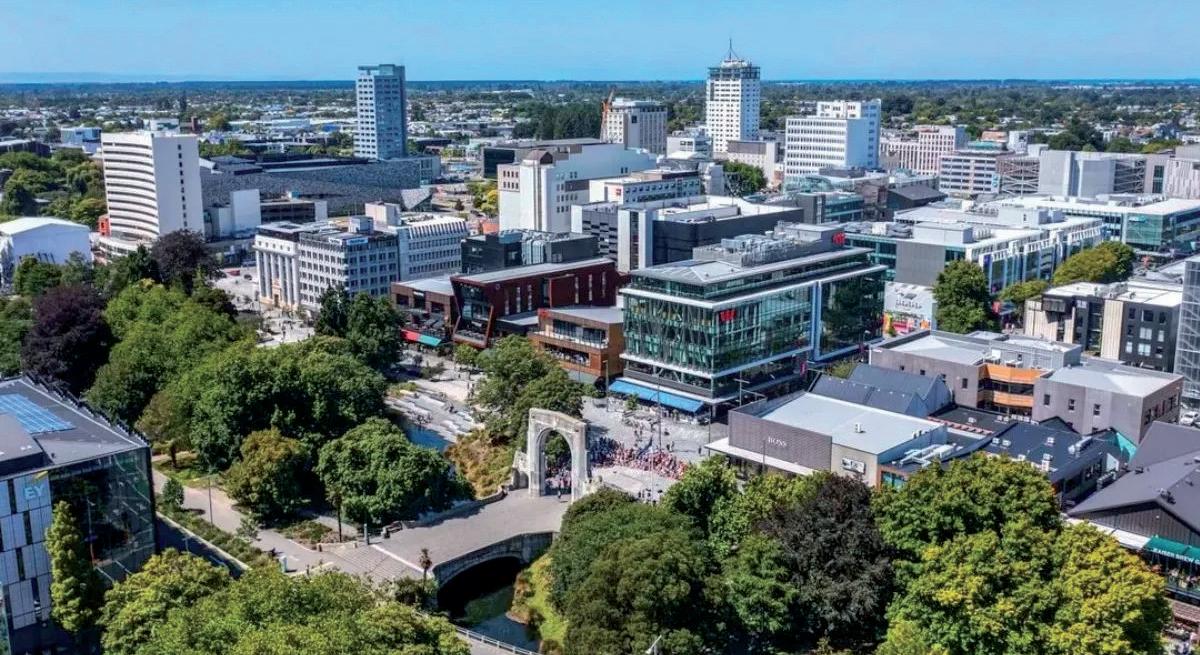
Christchurch had a strong influx of Australian tourists over the past winter season, highlighting powerful travel demand in the region.
CLICK TO READ MORE

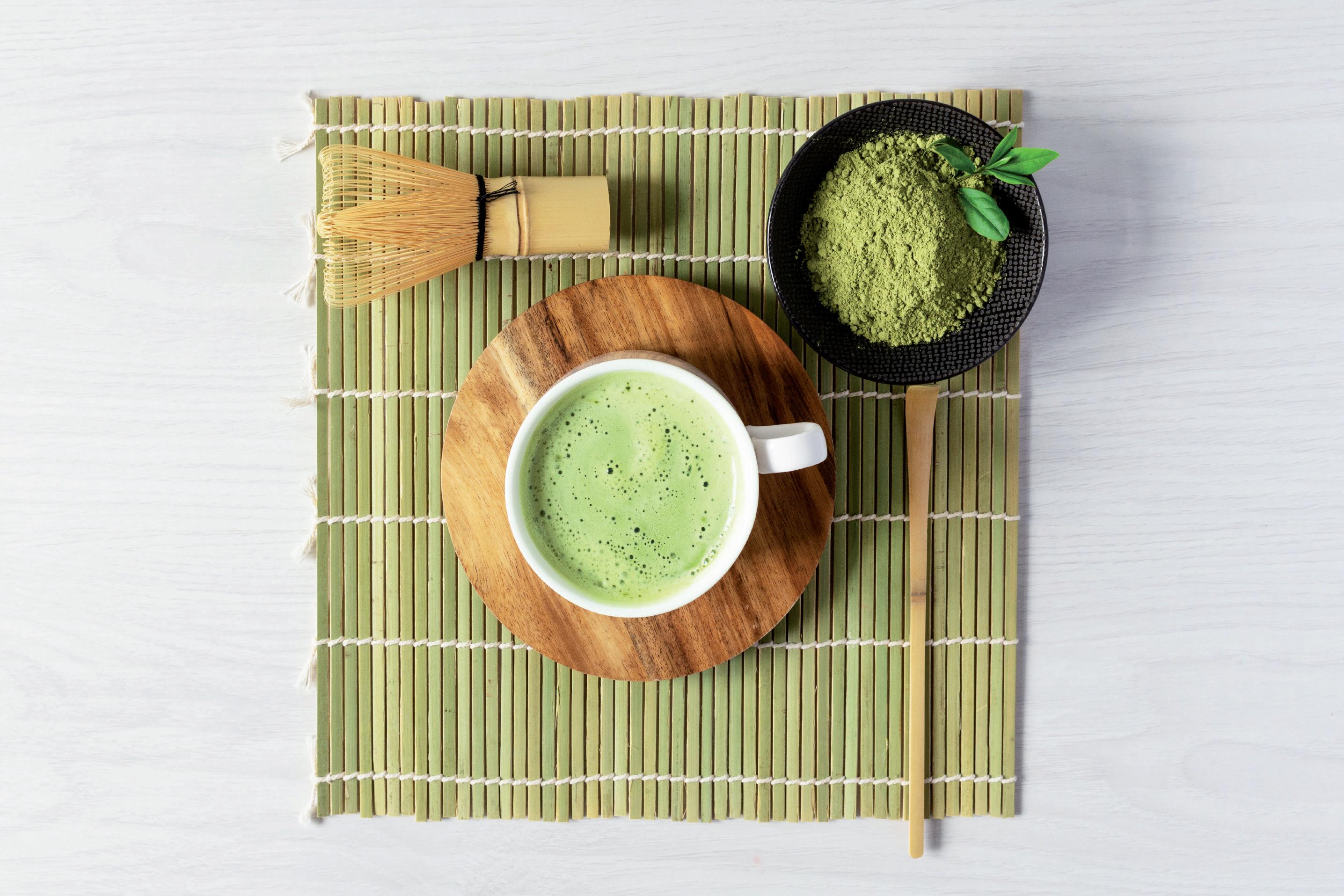
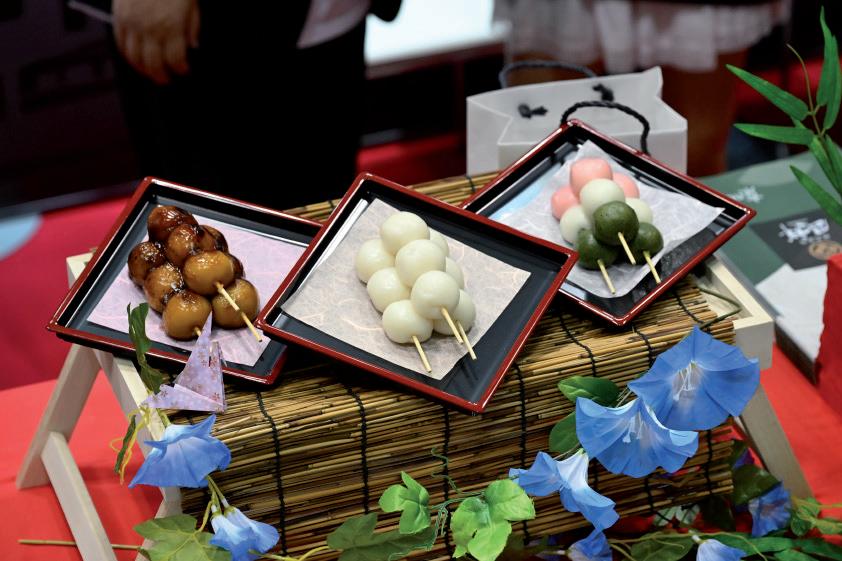

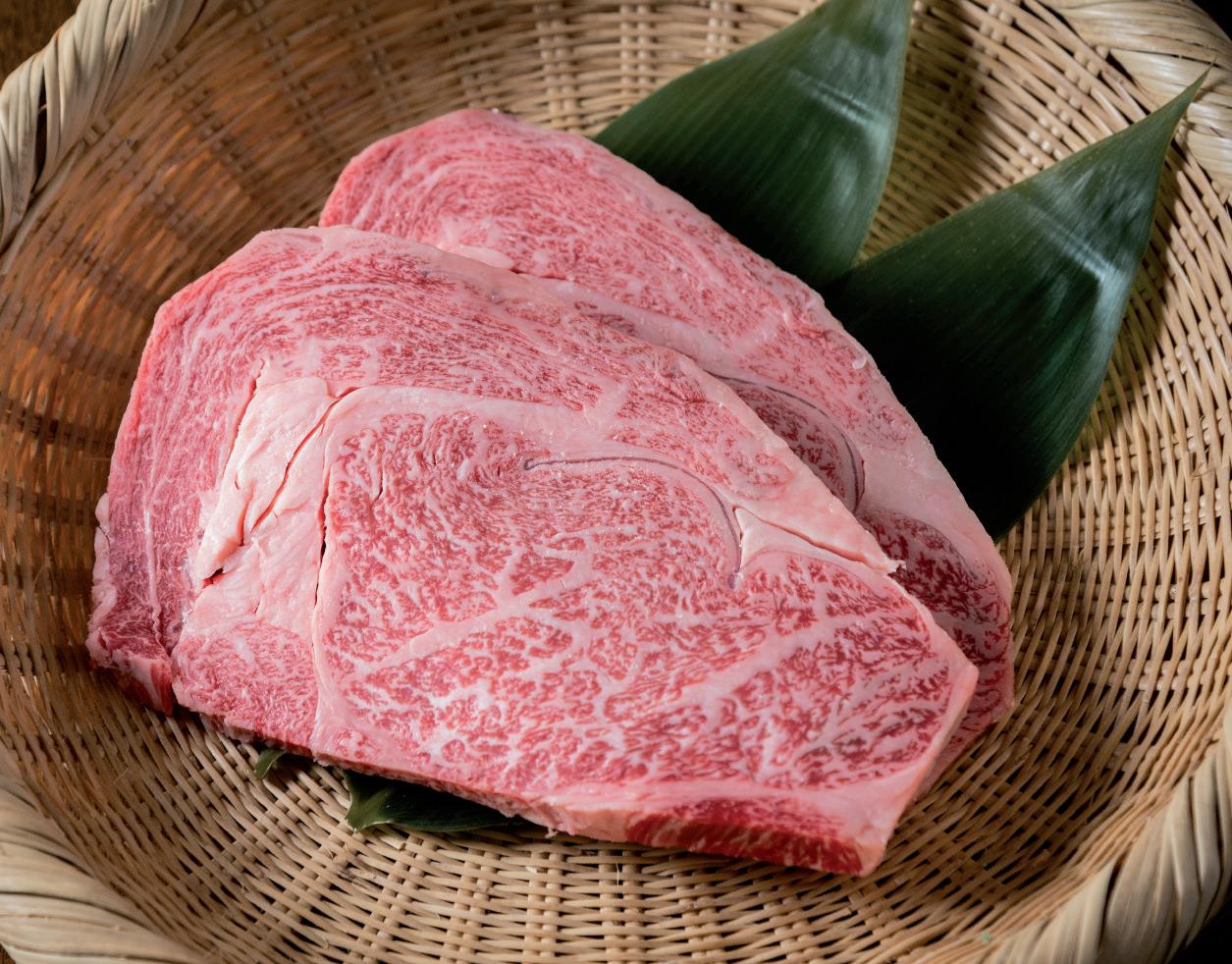





Hotel Indigo Bali Ubud will become a 130key hotel and debut the brand into the popular Bali hotel market.
IHG Hotels & Resorts (IHG) has continued its Luxury & Lifestyle growth across Indonesia by announcing the signing of Hotel Indigo Bali Ubud in partnership with Ristia Group.
CLICK TO READ MORE


New Zealand's tourism industry will get practical tools to help cut energy costs and reduce businesses' carbon footprint.
Tourism Industry Aotearoa has partnered with the Energy Efficiency and Conservation Authority (EECA) to launch a new online training course helping tourism operators reduce energy consumption while improving their bottom line and guest experience.
CLICK TO READ MORE

Investment into the Dunedin Tunnels Trail is expected to elevate the southern city's tourism market, especially for keen cyclists. The Government is investing NZD 2 million to extend the Dunedin Tunnels Trail and transform Dunedin into a premier cycling destination, Tourism and Hospitality Minister Louise Upston has announced.
CLICK TO READ MORE



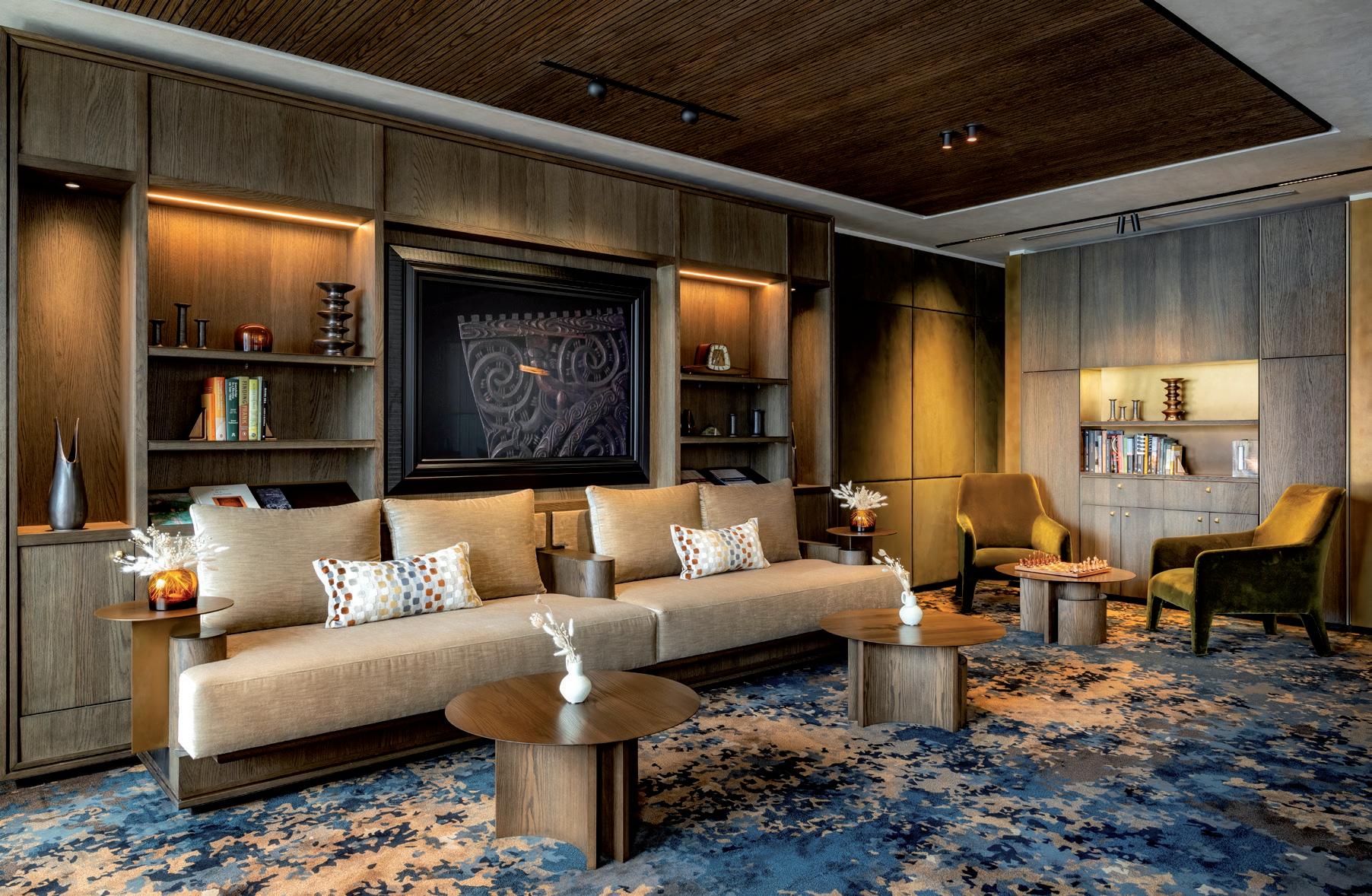
In his opinion, creating the conditions where colleagues feel valued, confident and equipped to deliver their best work is service leadership.
This ideal has guided his career by helping to build strong, highperforming teams and cultures where people feel trusted to make decisions that enhance the guest experience.
“When you put people first, performance follows. It’s especially powerful in luxury hospitality, where genuine human connection defines the guest journey,” said South.

In a luxury environment, South said that excellence under pressure comes from preparation, empowerment and presence. He ensures that the team has the tools, autonomy and confidence to make decisions.
During peak periods, South remains visible, calm and supportive of his team. He believed that people respond best to leaders who are steady and accessible in the moments that matter.
Recognising achievements in real time will also keep morale high and will reinforce the commitment to exceptional service.
This year has brought the dual challenge of working to firmly establish InterContinental Auckland as a leading luxury hotel in New Zealand and navigating colleagues’ dynamics in a hotel in its second year.
“We overcame these by anchoring ourselves in culture, training and consistency, ensuring every colleague understood not just our standards, but the purpose behind them.”
Market fluctuations have also required agility.
“Grounding decisions in data and guest sentiment, and keeping communication transparent and steady, allowed us to maintain momentum and strengthen trust across the team.”
South said good leadership in uncertain periods is built on key elements, such as listening before acting, transparent and honest communication, being present and accessible, empathy backed by strong expectations, and consistency

in decision-making. He added that this creates a psychologically safe environment and has allowed teams to stay focused, confident, and united.
He expects 2026 to bring heightened competition in the luxury space in Auckland, and said there will be continued demand for personalised experiences and greater emphasis on authentic, locally inspired service.
“To prepare, we’ve sharpened our guest journey, deepened our 'of our place' storytelling, and invested in developing our people, because true luxury is delivered through colleagues who feel confident, knowledgeable and inspired.
InterContinental Auckland has also strengthened its alignment with IHG’s global expertise and systems, providing a robust foundation to continue elevating the experience.
South looks for emerging leaders who naturally demonstrate
ownership, curiosity and a desire to lift others. From there, South offers real responsibility, stretch assignments and the space to grow through meaningful projects. He pairs this with supportive, candid feedback and a genuine investment in their long-term development.
When leading a diverse team, empathy has enabled South to understand individuals, while accountability has ensured the standards expected of a luxury hotel are maintained.
“I start by listening and recognising context, then set clear expectations that remain consistent across the team. People perform at their best when they feel understood but also know where the bar is set.”
He said this has helped create a culture that is both caring and highperforming, and one where people feel supported yet motivated to meet the standards of excellence.
Leading a hotel that can redefine luxury in Auckland has been one of the most rewarding aspects of the job. South said InterContinental is an iconic brand, and the Auckland property has enormous potential and pride. He added that it is a privilege to work in a hotel where every detail matters, where experiences are delivered that guests will remember, and where the culture is shaped by people who genuinely care about their craft.
South said he was also fortunate to have the strong backing of IHG.
At its heart, South’s role has allowed him to shape a culture, elevate a team, and deliver meaningful experiences to guests, which he said has been very fulfilling.
“I have spent my career working to become an InterContinental General Manager, and I am incredibly proud to lead the wonderful team at InterContinental Auckland.” l
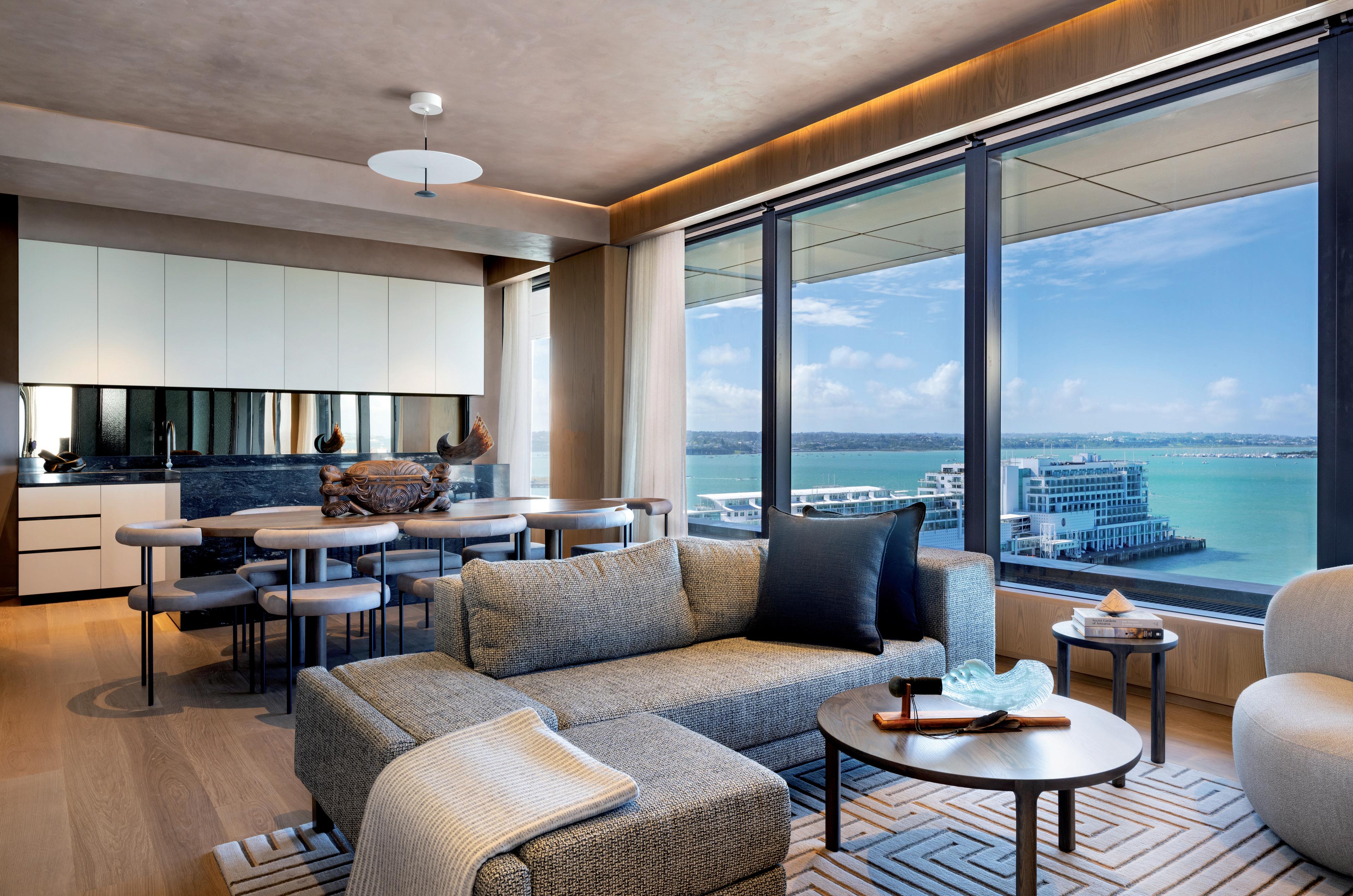

Hotel Manager
Sudima Auckland City
team informed, listening to what’s happening on the ground, and adjusting quickly. He said being adaptable has helped the hotel stay ahead of challenges rather than simply reacting to them. Despite a very soft winter, Sudima Auckland City has managed to maintain a strong core team across all departments, and Dias was confident they’ll really thrive as the team heads into the much busier summer months.
Consistency, transparency, and calm decision-making are the fundamental components of good leadership in challenging times, according to Dias. He said teams look to their leaders for stability when things get tough, and that being honest about the situation, providing direction, and staying composed helps build trust.
Dias said he also considered humility to be important.
“Leaders don’t need to have all the answers, but they do need to stay open to learning. Over time, I’ve realised it’s completely okay not to; that’s why we rely on the strength of the whole team, not just one person.”
Dias expected 2026 to be a year of continued recovery in the corporate and international travel sectors, with guests expecting more personalisation and seamless service.
He added that projects such as the long-awaited opening of the NZICC, along with the CRL due to open in Q2–Q3 next year, will bring exciting opportunities for the city and for the hotel.
“We’re preparing by strengthening our internal leadership capability, refining our service standards, and continuing to explore technology
that improves efficiency and productivity from our Flashbot room-service robot to self-check-in kiosk and digital key cards.”
All of this has supported a smoother, more modern guest experience without losing the human touch that truly defines hospitality.
When identifying emerging leaders within his team, Dias looks for people who show initiative, curiosity and consistency, and those who don’t just do the job but think about how it could be done better. Once identified, Dias gives them stretch opportunities and involves them in decision-making.
With the leadership training he’s invested in recently, Dias is now even more intentional about coaching and developing his heads of departments so they can grow into strong leaders themselves.
“We’re also fortunate to have a great L&D team within the company who provide a range of courses and learning opportunities. On top of that, I like to share quick TED talks or leadership insights from Instagram reels to give the team short, sharp pointers that they can easily apply day to day.”
Dias said that empathy doesn’t mean lowering standards; it means understanding the person behind the role. He makes time to listen and understand what might be affecting someone’s performance, but also
holds the line on expectations and outcomes.
Being fair and respectful helps to maintain both morale and performance, and Dias has also had the opportunity to do in-person training with an Organisation Performance Consultant alongside his HOD team, which has strengthened how it approaches conversations, supports its people, and drives accountability together.
The sense of connection and momentum that comes with the role is what Dias has enjoyed most about it.
He said no two days are ever the same, and there is always a new challenge, a fresh opportunity, or a moment when he can make a real difference for his teams and guests. That variety is one of the reasons Dias has stayed with Sudima for nearly 15 years.
“It still reminds me of why I love working in this industry. I’m also genuinely grateful for the chance to support people as they grow in their careers. Seeing someone build confidence, take on more responsibility, or realise their potential is incredibly rewarding,” he said.
Being part of that journey and helping develop the next group of leaders within the hotel, is something Dias has taken a lot of pride in, and it’s a big part of what continues to inspire him in his work. l


Having made the jump across the ditch from Australia, Michael Stamboulidis said that QT Auckland was a rare mix.
“It has a hotel design that is all about playful luxury, an unbeatable location, a powerhouse team, and an offering that’s equal parts bold and beautiful,” said Stamboulidis.

The Buzz of being back in a CBD environment was a major drawcard for moving to Auckland, and as a diehard rugby fan, catching an All Blacks versus Wallabies showdown at Eden Park has always been high on his bucket list.
A career highlight for Stamboulidis was opening QT Newcastle. As QT’s first-ever regional outpost, every finish, every service touchpoint, and every hire had to hit the mark. What he learnt through this process, and being part of the preopening project, was an invaluable opportunity. With the backing of EVT and Iris Capital, the hotel didn’t just meet the brief, it raised the bar.
He said that pressure was turned into progress, curveballs were turned into creativity, and the team came out the other side with a hotel that locals and travellers alike now adore.
“It was bold, brilliant, and honestly, one hell of a ride.”
What Stamboulidis loves about the QT brand is that every property has its own sense of style and vibe, but still manages to be quintessentially QT. Each of the hotels channels the spirit of its surroundings, and for Auckland, that means a bold, urban hideaway that mirrors the dichotomy of the city, along with taking

inspiration from the oyster and its waterside location.
He described QT Auckland as a blend of textures, rich jewel tones and moody sophistication, along with the rigidity of concrete with the flow of the harbour. He added that guests always expect a unique, playful-luxe experience when they stay at a QT property, but in Auckland, there are layers of sophistication and great attention to detail throughout the entire property.
QT Auckland’s food and beverage offerings, Esther and Rooftop, are two of its biggest assets.
Stamboulidis said there are some exciting plans for both in the pipeline, as well as new offerings set to be launched.
Le Salon, a roaring 20s-inspired, prohibition-era hideaway, is set to open in the near future. He described this as a place where champagne is the libation of choice, and will feature multiple touchpoints, including champagne tasting flights (featuring a taste of Belle Époque Rosé), special champagne menus, and a regular Friday soirée with live music and bites of caviar.
Stamboulidis said Auckland’s hospitality scene was brimming with opportunity, and for QT, it was all about leaning into connection and
storytelling. He added that people connect with people, and there is a real opportunity to deliver story-rich hospitality that reflects what happens behind the scenes in the kitchen.
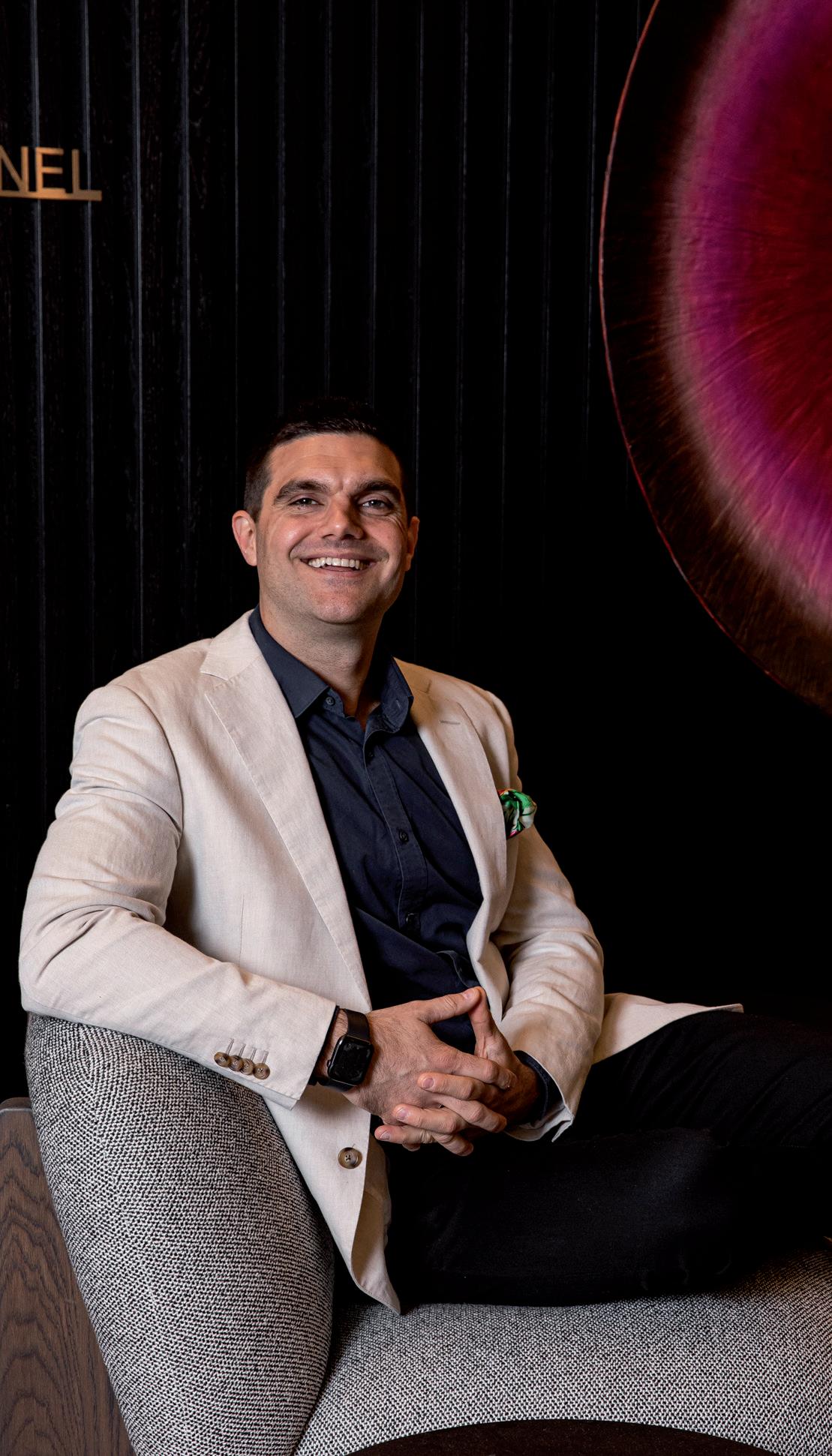
Chefs Sean and James at Esther, for example, have fantastic relationships with suppliers, like Curious Croppers who grow pumpkins especially for QT, and boutique winemakers like Bilancia, Radburnd and Hanz Herzog who feature on the wine list and are also being celebrated in our Crushed Grapes wine dinner series.

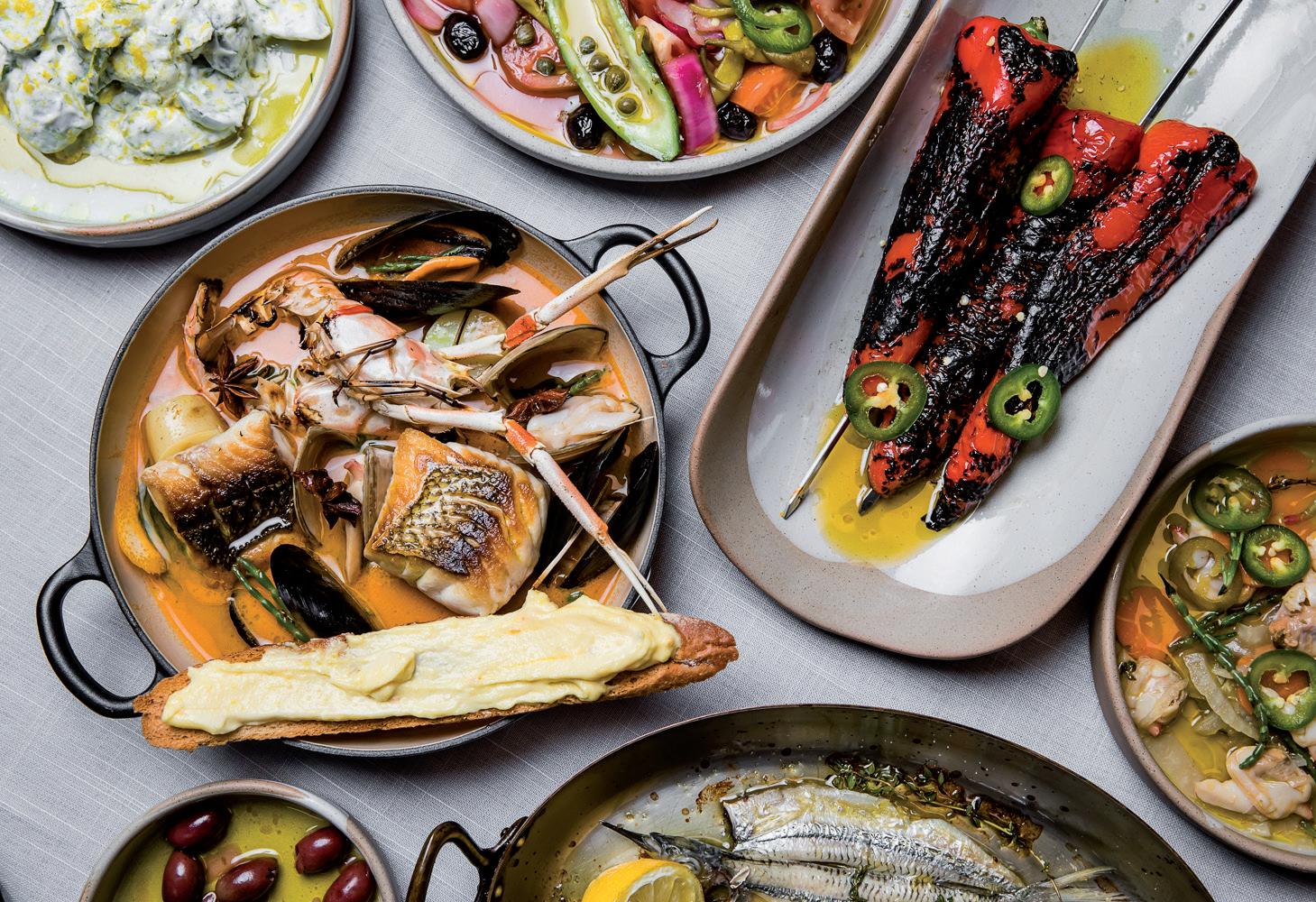

“It’s about telling the stories behind the labels and celebrating the faces behind the flavours. We’re pulling back the curtain, just enough to let guests peek into the heart of what we do. It’s about being rich, real, and deeply QT, and that’s the kind of hospitality Auckland’s ready for.”
From his experience in the industry and with the QT brand, Stamboulidis said it's all about people. He has approached each hotel with a similar direction, to foster relationships and continue to strengthen the team, be sure that everyone is working in the same direction, and to be exceptionally passionate in everything the hotel does.
He said guests don't come to QT for the ordinary, but instead expect something unexpected and have high expectations of the food and beverage offerings at a QT hotel compared to other hotels.
His focus has been to make sure every touchpoint, from the playful edge of the hotel’s design to the flavours at Esther and Rooftop glamour, is dialled up and delivered with colour, character and a whole lot of heart.
Known for delivering the unexpected, Stamboulidis said these are the moments that staff live for.
“We love thinking about what a guest might love before they've even realised it themselves. Whether it's something everyone can enjoy, like a pop-up Champagne tasting before guests get in the elevator, or tailored moments like a calming sleep tonic left bedside for a guest celebrating a babymoon.”
He added that the team are intuitive, curious, and always tuned in, and they love to spot the little details to make sure it's never just a hotel stay, but instead a moment.
Sustainability has been an underlying consideration for QT Auckland, particularly in the hospitality space. Esther, in particular, has had a focus on locally grown and sourced produce ever since it opened. For the wider hotel operations, QT has explored a number of initiatives from a company-wide perspective that will support the hotel’s overall sustainability strategy.
Stamboulidis said that there are some bold campaigns and exciting collaborations in the pipeline, all designed to draw people in to experience the magic of QT Auckland. l


stay, and dine in their regions from January 2026.
Bay, and Marlborough to Australian visitors.
We want visitors to experience more of what New Zealand has to offer, support our regions to grow their visitor economies and build lasting connections with international travellers,
“The regions will be connecting directly with travellers. RotoruaNZ’s partnership with Ctrip, for example, puts tailored offers in front of Asian travellers, while Australians will see fresh itineraries and limitedtime deals encouraging them to go beyond the expected.”
The successful campaigns include RotoruaNZ’s “North Island x Ctrip” campaign, aimed at attracting travellers from China, Hong Kong, Japan, and South Korea, in partnership with Ctrip and North Island regional tourism organisations.
RotoruaNZ’s “Kiwi North” campaign has targeted people travelling from Australia’s eastern seaboard, in partnership with 14 North Island regional tourism organisations and major airlines.
WellingtonNZ’s “Classic NZ Wine Trail” campaign has promoted wine, food, and stargazing across Wellington, Wairarapa, Hawke’s
Great South’s “Southern Way” campaign has encouraged Australians from the Gold Coast to explore the lower South Island, with a focus on itineraries, regional events, and Southern hospitality.
The second round of the Regional Tourism Boost is part of the Government’s NZD 70 million Major Events and Tourism Package and builds on a similar initiative earlier this year to include hospitality offerings as part of the campaigns.
Upston said there will be more to come.
"Our Government will proudly keep backing both hospitality and tourism, promoting New Zealand experiences to overseas visitors, and building on the buzz around the Michelin Guide due to arrive next year,” she said.
“But these campaigns are about more than promotion, they’re about helping visitors feel welcome, stay longer, and explore further.” l
Tourism Industry Aotearoa has partnered with the Energy Efficiency and Conservation Authority (EECA) to launch a new online training course helping tourism operators reduce energy consumption while improving their bottom line and guest experience.
Energy Efficiency for Tourism: Reducing Costs and Carbon While Enhancing the Guest Experience is now available on Akiaki, Advancing Tourism, with EECA funding the course development.
The course is one of 11 in the Akiaki programme that supports businesses to implement the Tourism Sustainability Commitment, covering everything from being an employer of choice, embracing Māori values, measuring carbon emissions and reducing waste. The Energy Efficiency course guides operators from understanding their energy use and identifying quick wins, through to planning long-term investments that build business resilience. The course features practical tools to reduce energy consumption across accommodation, hospitality, transport, and other activities.
Tourism Industry Aotearoa Chief Executive Rebecca Ingram said the course builds on substantial sustainability work already underway across the industry and responds directly to what members are asking for.
“Our latest Tourism Sustainability Commitment survey showed that 98 percent of operators say sustainability is important to their business, and nearly half want online information, tools and resources to help accelerate their actions even further. This course delivers exactly that,” said Ingram.
EECA Sector Partnerships Lead, Jo Parag, said the collaboration enables energy efficiency support tailored specifically for tourism.
"We know that there are real opportunities for tourism businesses across their operations to reduce

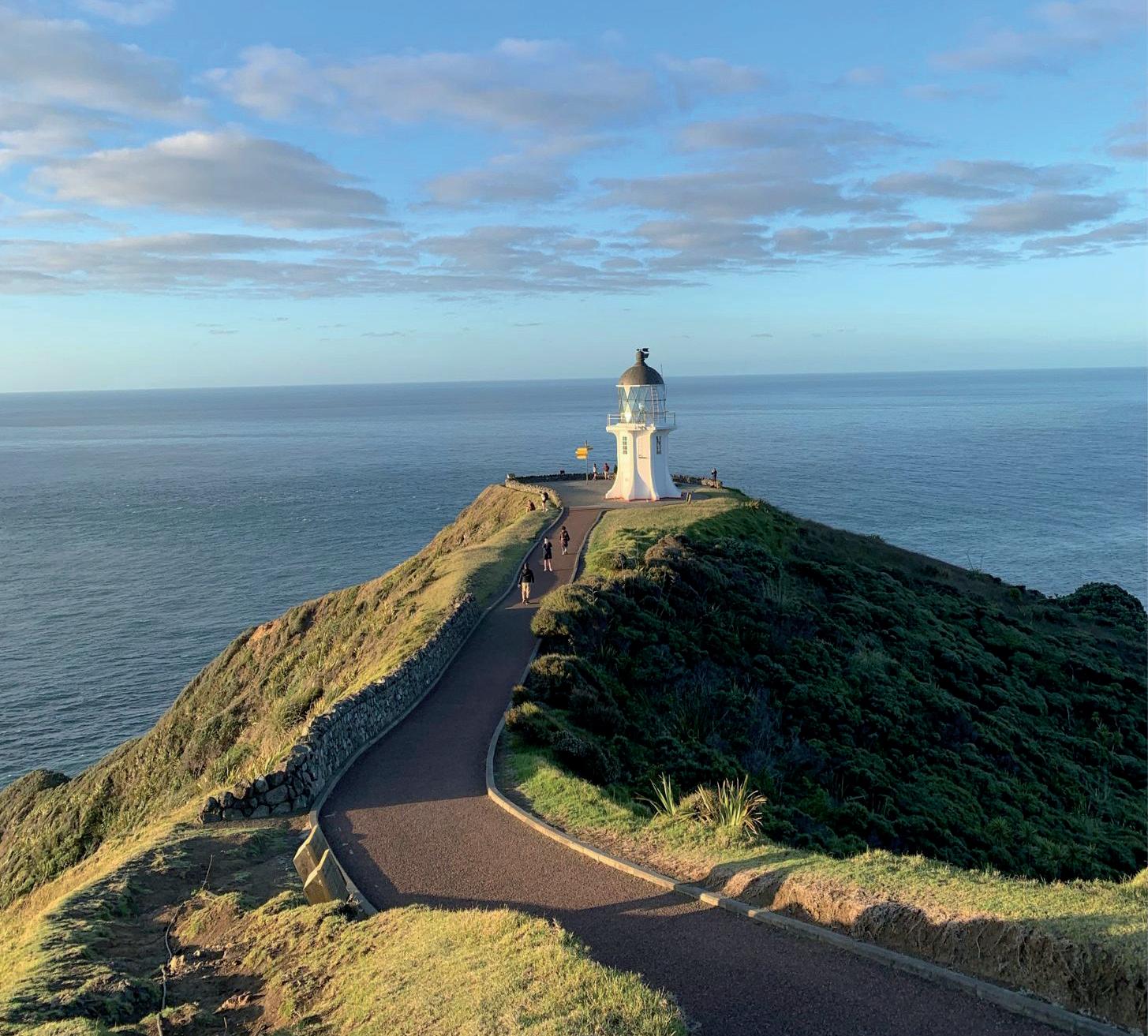
consumption in ways that can enhance the guest experience. This course brings expertise together in a format that's accessible to tourism businesses of all sizes, helping them find solutions that save money while reducing environmental impact."
Building on the industry's existing commitment to energy efficiency, the course features real-world case studies from Hotel Britomart in Auckland and Ziptrek Ecotours in Queenstown, showing how improvements support business growth across different types of operations.
“Energy efficiency is a fundamental
component to achieving the targets outlined in the industry's strategy Tourism 2050 - A Blueprint for Impact. This latest course provides another practical tool to help our members build on their sustainability actions while growing stronger, more resilient businesses,” added Ingram. The course also demonstrates TIA's commitment under the Glasgow Declaration on Climate Action in Tourism, which the organisation signed in May 2025. The Declaration commits TIA to lead by example, sharing knowledge and catalysing collaborative action across the sector. l
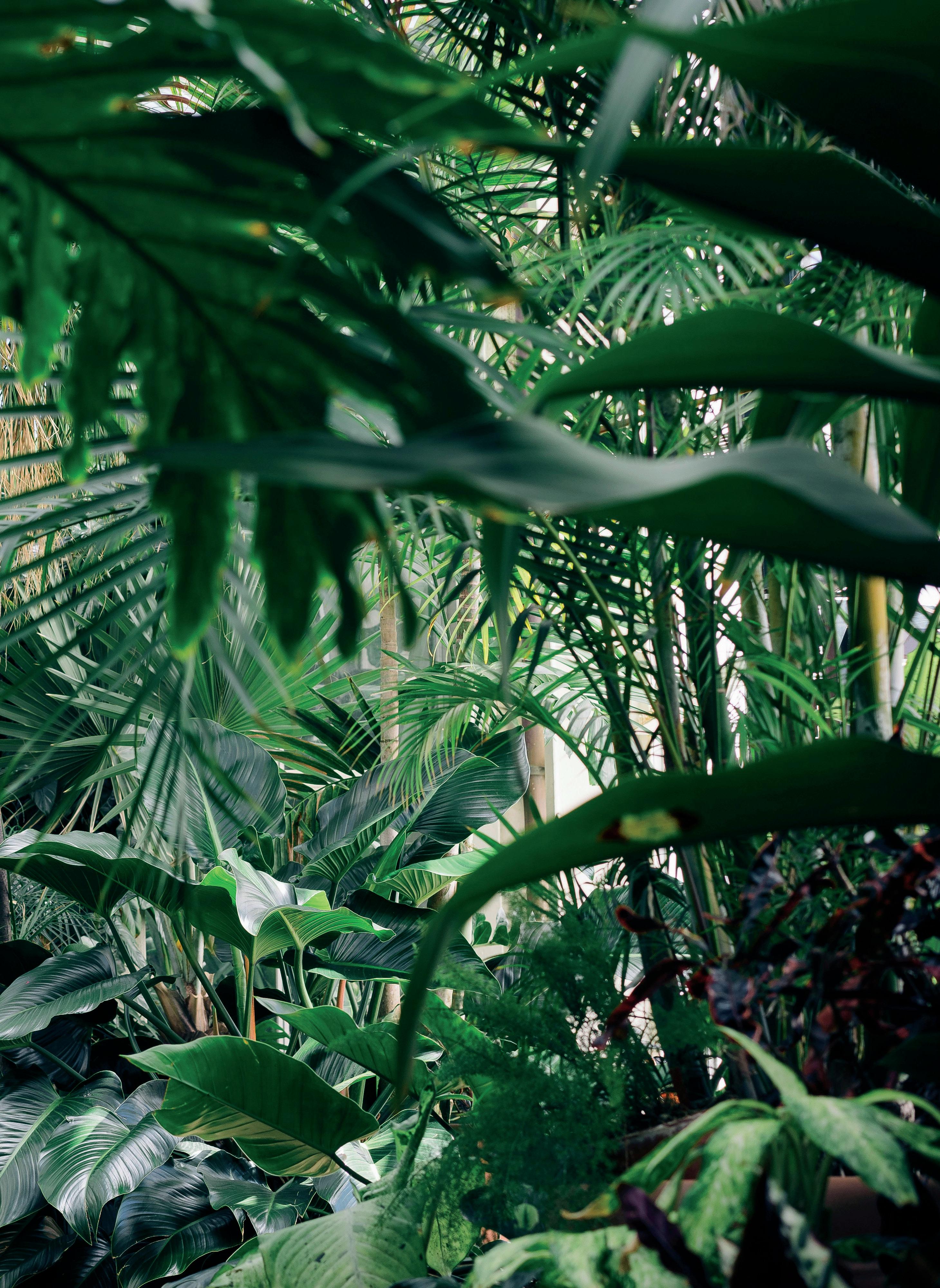


Travellers naturally gravitate toward open-air spaces. For accommodation providers, this simple truth has presented a golden opportunity for outdoor dining spaces. A well-designed outdoor area equipped with high-quality furniture won’t just enhance comfort; it will transform the entire guest experience.
For many hotels, outdoor spaces are the secret ingredient behind glowing reviews, repeat visits, and a truly memorable atmosphere.
However, selecting the right furniture is more than a design choice. It’s an investment in a business's longevity, style, and success. Unlike standard household furniture, commercial pieces are built to endure heavy use, shifting weather conditions, and constant movement. In hospitality settings, hundreds of guests may use the same chairs and tables each day. That’s why strength, durability, and craftsmanship are essential. The right furniture stands up to constant use while maintaining its elegant appearance, ensuring that guests remain comfortable and impressed from the moment they sit down.

Commercial outdoor furniture provides hotels with benefits that go far beyond its initial appearance. Each piece is designed with practicality in mind, easy to clean, lightweight, and often stackable for convenient storage. During room service, a quick wipe or rinse will restore every piece of equipment to a pristine condition.
Despite being robust, outdoor furniture pieces are stylish and adaptable, and are designed to elevate any space without sacrificing comfort or design. For a more branded opportunity, hotel chains can explore bespoke options, such as tailored finishes, fabrics, and colours to match the brand’s aesthetic.
There’s also a powerful financial incentive. While residential furniture might seem cost-effective upfront, it simply isn’t built to withstand the demands of commercial use.

Residential warranties are voided in business environments, and frequent replacements quickly add up. Commercial-grade furniture, on the other hand, is crafted from longlasting materials that maintain their structure and appearance for years. This will result in fewer replacements, lower maintenance costs, and a smarter long-term investment.
One of the greatest returns to investing in outdoor furniture will

come in the form of customer satisfaction. Comfortable, attractive, and well-arranged outdoor seating will encourage guests to stay longer. It creates an inviting atmosphere that keeps tables full and increases revenue potential, allowing businesses to serve more patrons without additional construction. There are various durable materials to suit every style and setting. Powder-coated aluminium frames
are lightweight yet strong, resistant to rust and fading, and available in a wide range of colours. Synthetic teak and wicker provide the warm, natural look of wood without the wear, while furniture made from steel and iron offers unmatched strength for hightraffic areas. Outdoor sling fabrics also provide breathable comfort, resist moisture and fading, and remain easy to clean.
Ultimately, the right commercial
outdoor furniture will enhance far more than a business's appearance. It will elevate the entire customer experience.
It’s essential to craft spaces where customers want to be, that feel welcoming, stylish, and thoughtfully designed. For businesses looking to strengthen their offering, building lasting impressions through highquality patio furniture is a strategy for success. l
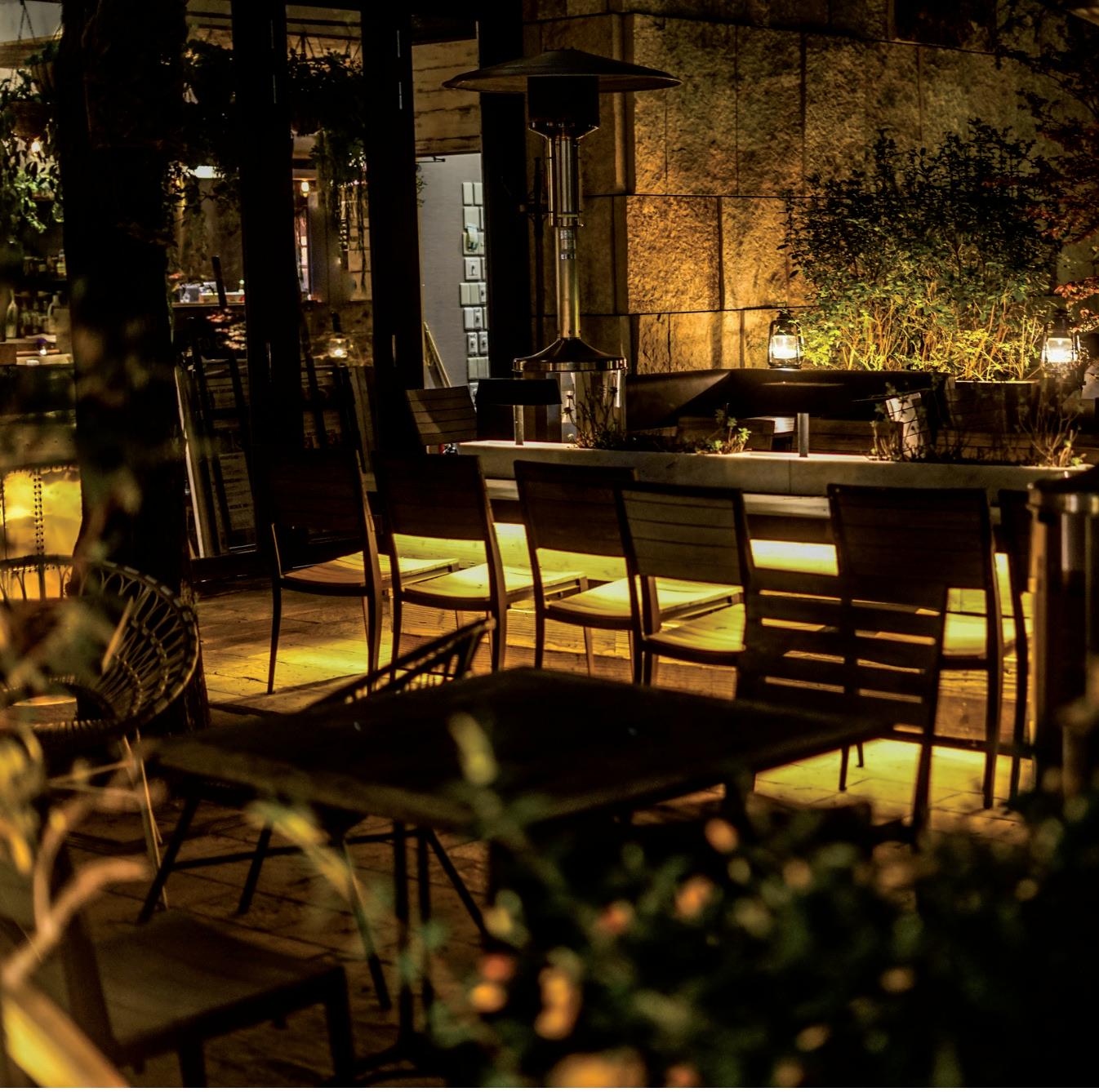
Outdoor spaces are just as popular with guests during the evening as they are during the day. When the sun goes down, effective outdoor lighting can set the scene for an immersive and ambient experience, whether it’s for dining, cocktails or rooftop sightseeing.


From individually lit lamps on each table to festoon lighting hanging overhead, lighting is one of the most crucial elements of outdoor spaces to consider.
Sufficient lighting can improve visibility for customers, allowing them to easily read menus, see their table, and navigate the space around them. This will also enhance the safety and security of guests and staff and reduce the likelihood of accidents. A well-lit area is an inviting
A well-lit
area is an inviting attraction for guests, especially during warmer months when alfresco spaces are at their peak.
Outdoor lighting has also presented an opportunity for an establishment to continue its interior design outdoors.
attraction for guests, especially during warmer months when alfresco spaces are at their peak. Outdoor lighting has also presented an opportunity for an establishment to continue its interior design outdoors.
Tabletop lamps allow customers to feel as if they are in their own bubble, and work as an efficient embellishment for table designs. Tabletop lamps can also showcase the business’s characteristics, whether it is the shape, colour or size.
Battery-operated tabletop lamps will reduce eye-sore cables from running across the table, and will help businesses save on costs. This has become a popular trend among accommodation providers worldwide and will help businesses when promoting their carbon footprint, which the industry has developed a growing awareness of.
In order to accommodate yearround alfresco dining, ensuring there is sufficient heating will also allow guests to enjoy their stay without being thrown off by cooler temperatures.
Clive Menkin from Kelray Outdoor Heating said the primary reason any hospitality business should install outdoor heating was to increase business by offering more incomeproducing space outdoors or in partially enclosed environments, as well as to keep “bums on seats”.
“They will experience a higher cover rate, especially during what we call the “seasonal cross-over”, extending summer environments into the oncoming autumn and getting summer off to an early start by adding a bit of warmth to spring days and evenings,” said Menkin.
He said that there are a number of trending gimmicks in the market that may look effective but won’t do the job. In order to ensure an outdoor space is sufficiently heated, Menkin urged the importance of doing thorough research and weighing up the options beforehand.
“As far as we are concerned, gas
heating is no longer the best form of heat. It wastes energy heating the air rather than what is in front of it. It is more expensive and not as safe to use,” said Menkin.
“Maintenance requirements are strict and ongoing. It is usually far more expensive to run. If in a portable format, it usually irritates hospitality workers who are always being asked to move it, or it is in the way of the servers.”
He added that a key selling point for businesses was that electric heaters do not give off any emissions either.
Every space has a list of technical requirements as well, such as height and size. Sometimes-extreme weather conditions can also play a key role in determining what type of heating is the best fit as well. When determining specific options, Menkin said the heater’s material would be a good place to start.
“There are heaters made of anodised aluminium and a lot of plastic. There are heaters made in stainless steel but very few in Marine Grade 316 stainless, with most of these made in 314 stainless steel,” he said.
“The key thing to be aware of is that while well-cared-for stainless steel from reliable manufacturers will not rust, they do have a habit of tea-staining, which, to most users, is unsightly and lowers the tone of their outdoor area.”
A major trend for heating outdoor areas in Australia has been the use of umbrella heaters, which are now gaining attention in New Zealand, especially in 316 stainless steel, as many of these establishments are near the sea. New products for controlling infrared heaters that are finally able to manage high-wattage heaters over 3000 watts was another key area of growth to consider.
Making an outdoor space warm and inviting should be just as important to business owners as it is for guests wanting to make the most of their stay. l
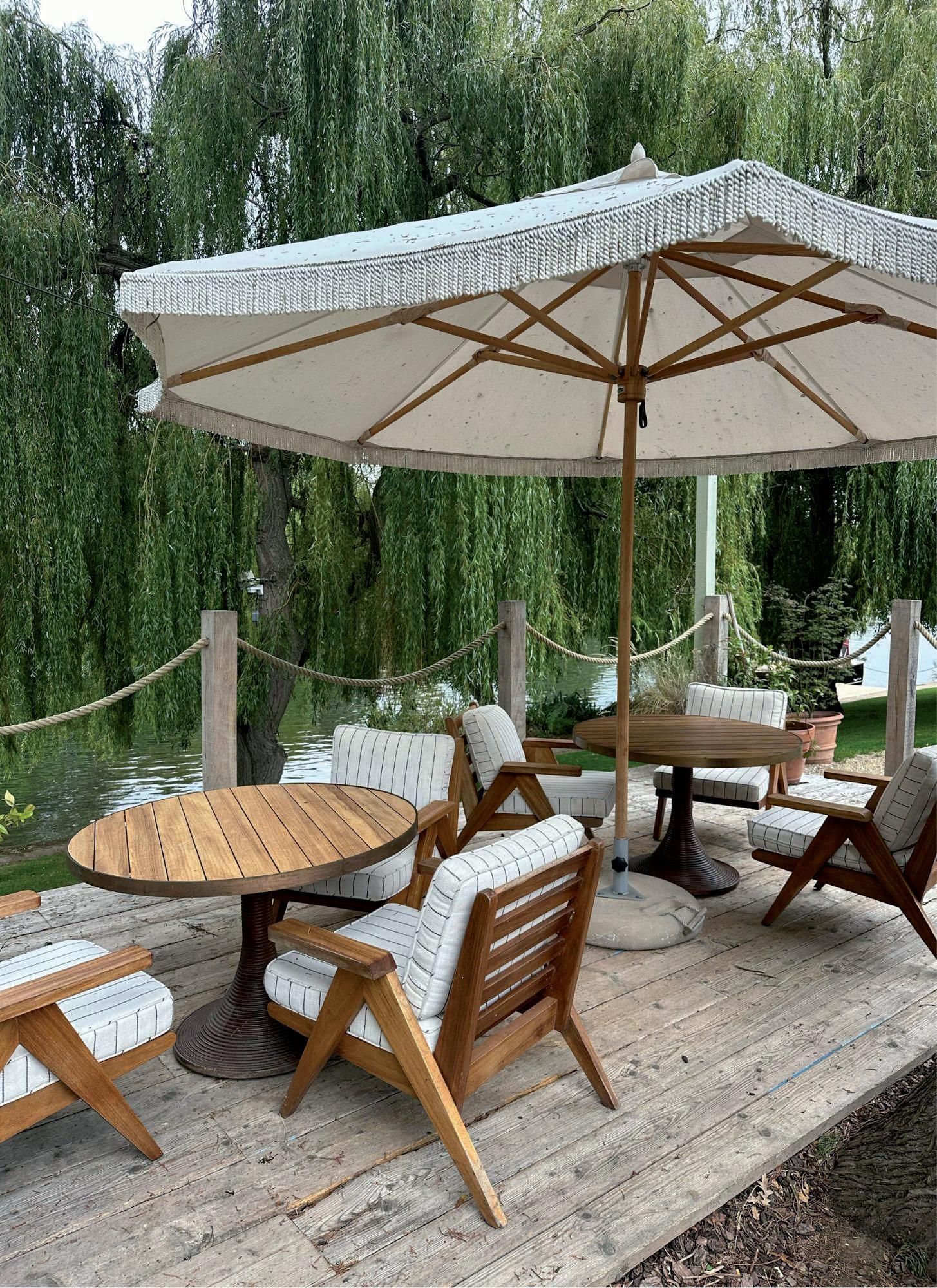

Whether it's protection from the blazing sun or a covering from unpredictable downpours, in order for accommodation providers to make the most of their outdoor spaces, it is essential to have durable coverings.
Instead of being caught off guard, installing shade and shelter solutions best prepares businesses and will mean guests can experience the outdoors in peace and comfort at all times.
For a quick and practical solution, it is difficult to overlook umbrellas. Commercial umbrellas will protect customers from sun and rain, provide an effective look, and are a reliable choice.
Christian Oertel of Shade 7 said smaller, centre-pole umbrellas have been a popular selection for many restaurant owners.
“They are light, very durable and are often used through tables or freestanding on bases. Larger, more permanent commercial umbrellas are also highly desired,” said Oertel.
“Our largest and strongest Commercial umbrellas are the tempest umbrellas. These umbrellas are a permanent shade and rain protection solution that doesn’t require council consent, are removable for events, etc. They are also a great way to add more usable outdoor floor space.”
Umbrellas need no permanent installation, and give the illusion to customers that they are in their own space, allowing them to relax and enjoy their dining experience. Different styles suit different spaces. For example, if the area is tight, then a
cantilever umbrella could be the best bet due to the side pole function. Sunsails are also an ideal choice for businesses. They provide an aesthetic look, come in a variety of shapes and sizes, and can be visually appealing to potential customers from street view. Sunsails can be left up all year, and are protected from excessive wear and tear from customers and staff.
Seaton Meredith from Sunshade said that for the best result, hotels should seek professional assistance.
“The idea of a do-it-yourself job with shade coverings may work for a residential job, but not in a commercial setting,” said Meredith.
He added that businesses should take the time to consider what is the best solution for them and the space.
“Sunsails could be a good solution, especially to fit more customers underneath. However, in a city or urban area, a sunsail might not be a practical solution. The same can be said for umbrellas, where there might be added functionalities, not all of them would be best suited to the needs of the business.”
Ceilings and roofing are essential for a canopy to gain year-round use. The right shade and wind resistance level are determined by the structure's location and exposure to sunlight. Canvas roofing is a practical choice to allow sunlight to shine through.
Canvas is not only lightweight but has the ability for air to breathe through.
Permanent roofs are another innovative solution, especially when designed for rain shelters and wind thoroughfares. Louvre ceilings have trended internationally for their ability to shut during rain and open for natural light, whilst also being a useful source of shade. Louvre ceilings, usually aluminium, have been a popular choice for hospitality and accommodation industries internationally.
Transparent panels are another innovative solution, especially without manual requirements when it rains. Tinted panels allow guests to enjoy the natural light without any interference from harsh sunlight. They can act as a conservatory off the main building and still offer an indoor-to-outdoor flow experience for customers. Side panels and windows can often make guests feel as if they have been separated from other customers, which is why choosing the right dividers is an essential decision.
Shade coverings are essential to making an outdoor dining area desirable to customers, especially when available for use across all seasons. This will boost a business's customer base and enable outdoor entertaining in all weather conditions. l

Redefine the comfort of your guests with Slumberzone beds.




